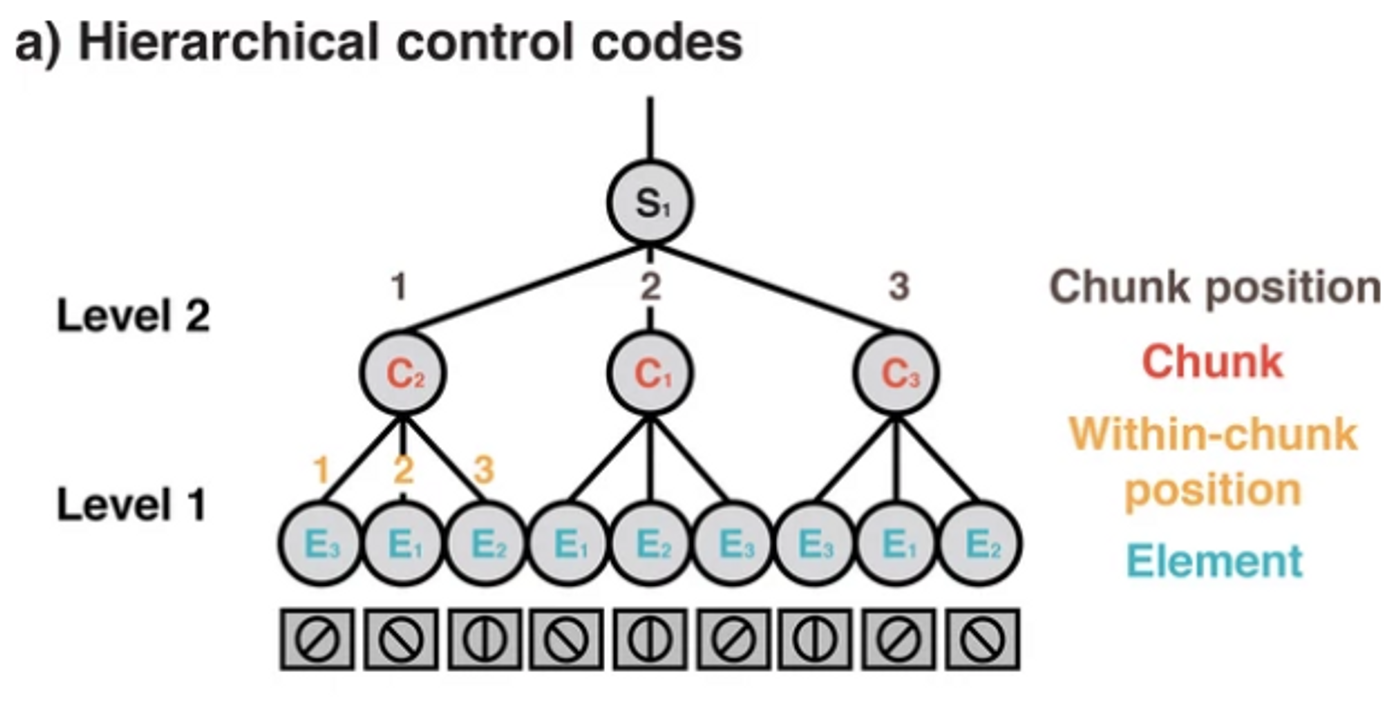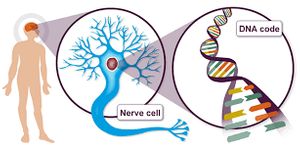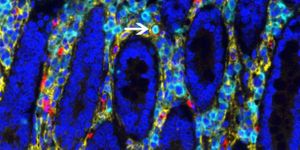Hierarchical control representation in the brain, a key to creativity
For humans to perform a task, a few essential elements need to be combined in an executable order. The questions on how these content-independent control representations are coded in the brain and how these plans get organized remained a mystery until now.
University of Oregon scientists have captured, in real time, how the brain encodes the instructed and sequential actions. Multivariate cortical surface activity (electroencephalogram, EEG) decoding paradigms have been used to investigate the hierarchical representation of action plans. The findings show that the cortical action representations relate to trial-by-trial reaction times and the individual differences in the working memory capacity.
Doctoral student Atsushi Kikumoto and Ulrich Mayr, a professor in the Department of Psychology, detailed their National Science Foundation-supported to work in a paper published online Nov. 14 in the journal eLife.
In the study, electrical activity and oscillation patterns were measured by EEG, with electrodes on the scalp from 88 study participants, all university students, while they performed complex, sequential patterns.
“Basic elements — the alphabet of any type of performance — need to be combined in a certain order within larger chunks, and these chunks, in turn, need to be combined in a certain order to arrive at the complete sequence,” said Mayr, who directs the UO’s Cognitive Dynamics Lab and heads the psychology department.
“This is at the heart of a lot of human creativity,” he said. "For example, if you are playing a piece on the piano, your brain needs to keep track in which larger musical phrase, which bar, and which exact note you are currently at," he said. "So, you need a kind of mental addressing system. It is this addressing system that we discovered with our EEG methods."
Subjects memorized nine or six sequential patterns that consisted of three different angles of lines as essential elements. An example of the nine-element sequence and the proposed control structure is shown in the figure below.
The study sequence does not allow for an associative chaining process to the control sequence performance. When participants subsequently tried to reconstruct the succession of lines, the EEG showed oscillatory patterns that Kikumoto and Mayr decoded using machine learning techniques.
It turns out that the EEG patterns kept track of the precise location within the sequence—which chunk, which position within the chunk, and which line angle people were focusing on. The alpha band activity captured the necessary sequential element information, and the theta-band activity represented the within-chunk position codes. Detailed analysis of the alpha activity also showed a temporal signature at the onset of the preparatory period, suggesting that this band might encode the activation phase of the position context. In contrast, more significant signatures were observed in the theta-band during the probe period, supporting the previously identified EEG observations.
These findings from the basic research help to understand why some people have difficulties with executing elaborate sequential plans, Mayr said.
Within the hierarchically organized addressing system, not everyone showed a robust EEG expression of the more abstract levels, he said. Only people with strong working memory scores—a reflection of the capacity of an individual's mental workspace—seemed to have a crisp record of the current chunk.
"Without the chunk information they got lost within the mental landscape of the overall sequence," he said.
The authors have used the EEG to characterize the abstract control representations. Specifically, the theta band oscillatory activity encodes the sequential position codes. Despite the high temporal resolution provided by the EEG cortical probing, the limited spatial resolution prompts the use of advanced neuroimaging techniques like functional MRI in conjunction with the EEG to investigate further.
Want to know more about EEG. Watch the video below.
Sources: eLife, The University of Oregon.









